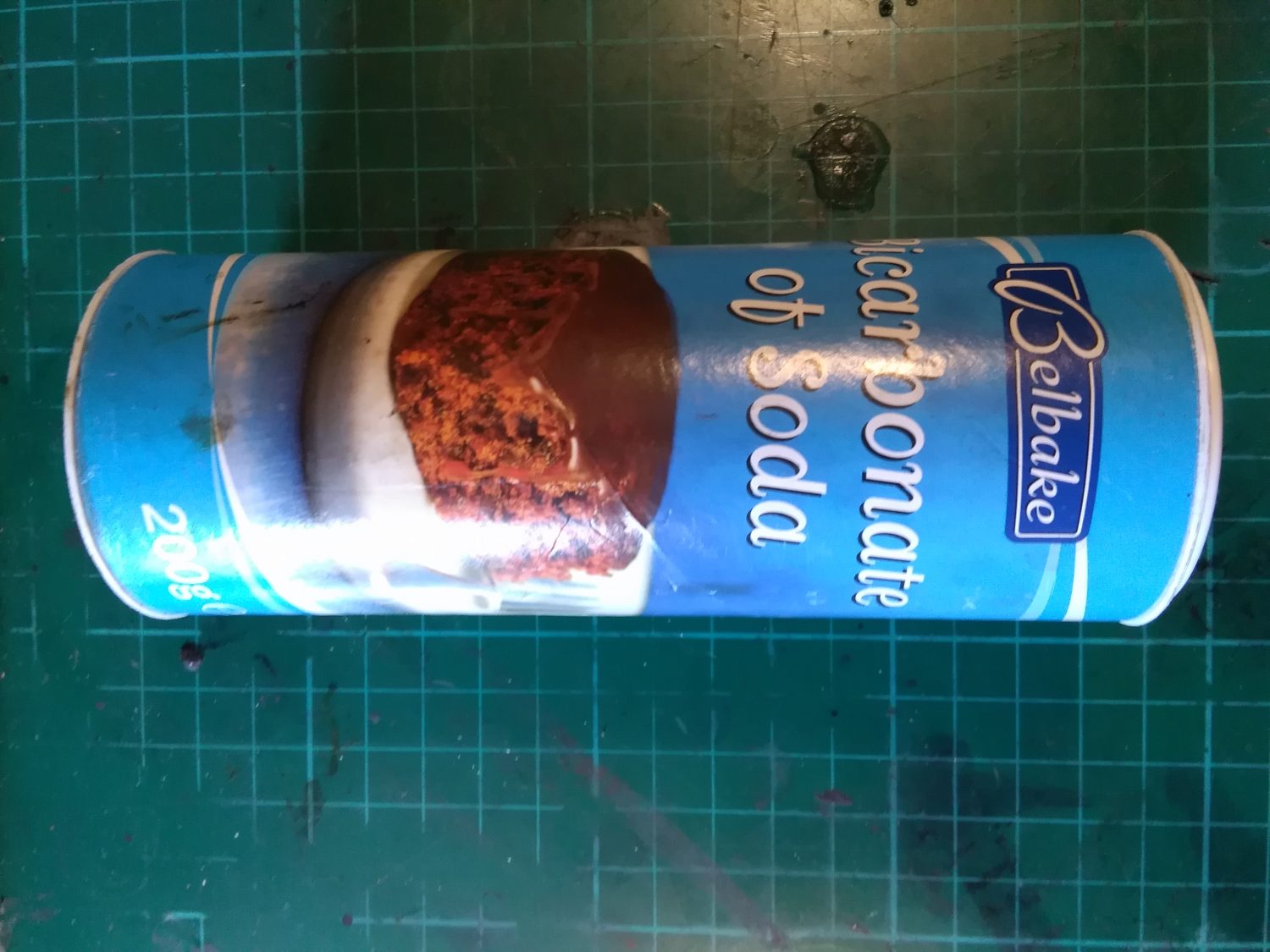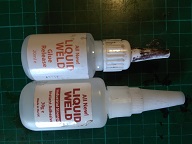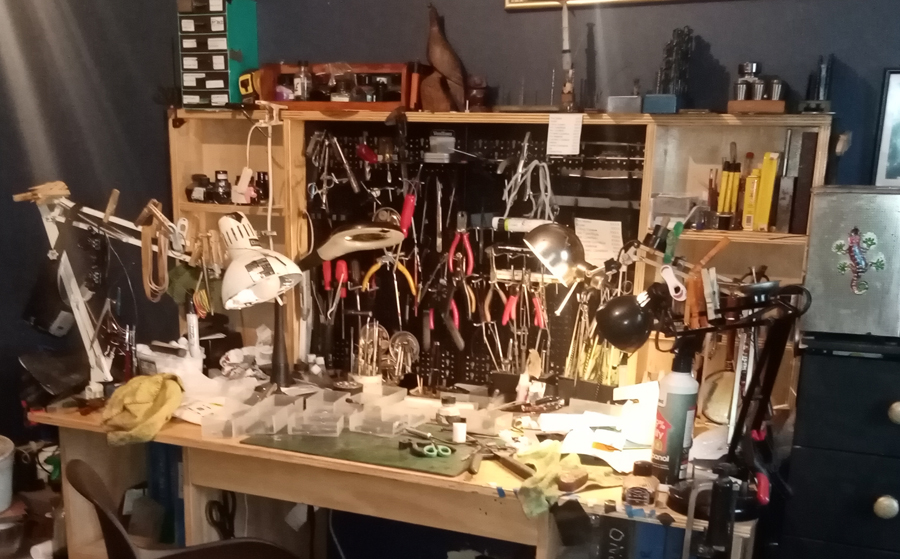Part Two
Many of the solvents /adhesives will seem to and do have similar properties, the reason being that vintage pen materials vary wildly in quality and how they react. This is evident in particularly, Black Hard Rubber from different manufacturers in vintage and modern supply, also, the variance in Cellulose Nitrate from the 1930’s and 40’s. Lucite introduced to pens in the early 1940’s, proved to be a more stable material, requiring Methyl Ethyl Ketone rather than Acetone as a solvent for repairs.
Adhesives we use should be effective in their predetermined purpose and operation, always they should unless, totally unavoidable be reversible. Superglues, cyanacrylate, will release when exposed to moisture, which they will absorb from the air or when soaked.
Some other temporary things that I use, may also prove to be an assistance to others in pen repair/servicing, but that will be covered in another article.
Epoxy two-part adhesive
Two-part epoxy adhesives have limited use in, given the mass that is required of them, for effective use. They can be used and at times when they are and the repair person has to release their bond it can be extremely frustrating. The answer is vinegar, which is acidic but enough to damage the celluloid or hard rubbers that vintage pens are made from. I have a preference for UHU Ultra Strong epoxy, but most common in the UK is probably the Araldite brand
WARNING, do not soak or allow moisture near Casein (Galalith) pens, 5 second fix/Liquid Weld can on occasion be used for these.

Superglue/Bicarbonate of Soda
Should a solid mix of material be required, this can be achieved by use of Superglue and then Bicarbonate of Soda being mixed with it. Possible use is hole filling in a barrel, a mandrel to the inside of the barrel, superglue then filled with Bicarbonate of soda. This will be almost instantly solid then shaped by filing after wards being coloured to suit. This is a mechanical fix, which would be very difficult to make cosmetically attractive.
This fix is used is used on residual damage that the external of aircrafts at times suffer and require minor repairs.

Speedy-Fix
As above this is a two-part process, based on Superglue, one tube has an industrial strength (my estimation) superglue and the other has very fine silicon grains. The grains are placed around where you wish to build up a bonded joint, then the “Superglue” is poured in. Not used much in actual pen repair, but very useful if making bespoke tools for pen repair, where perhaps threading is not possible for parts.

Liquid Weld
This behaves very much similar to an industrial strength Superglue, taking a bit longer to cure, but will stick materials such as Hard Rubber, where all other adhesives fail. It can only be released, to my knowledge, with the bespoke Glue Release. It has a multitude of uses, where limited surface area is available to bond. Only available via internet purchase, easily found with a Google search and a very personal service for supply
Captain Tolley’s Creeping Crack Cure
As can be seen my bottle of this has been over my workbench, quite a bit. Now, much easier to source, and more readily available. When I bought this one, three ships chandlers over a 20-mile stretch of the firth of Forth coast before I found one that stocked it!
Not an adhesive and a limited gap filler, it works on the same principal that fountain pens write, by capillary action. Where you have a crack leak, and it is not under stress, as section crack would be, this will fill and dry to create a seal. Due to the capillary action and it’s effectiveness in seeping into fissures. It needs to be very carefully applied around sections and feeds if being used.
The nearest I can consider this product to be is PVA wood glue, though I have never used this around pens. As an aside, I have never experimented, but do believe that possibly Cascamite wood glue may be of use in Casein pens?

Prout’s Glue
This bottle comes from a Parker original repair kit, from possibly the 1930’s, the bottle is 2” X ¾” dia. and the substance is akin to a very thick dark treacle. The substance I believe was used in antiquity by plumbers, but those that I know, have no recollection of this. I have in the past encountered Parker Vacs, where the section and barrel threads a have had a filler to mate. Possibly USA and Canada having slightly different tolerances in manufacture and needing a filler to mate, or a repair person marrying two disparate parts to make a complete pen. With heat the substance softens then hardens to a bit harder than the Rosin/Castor oil mix that was used by Sheaffer.

